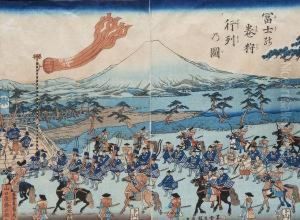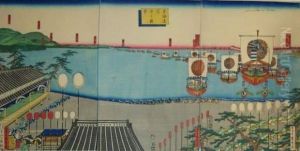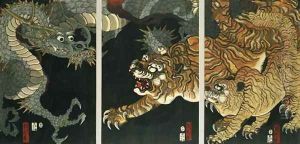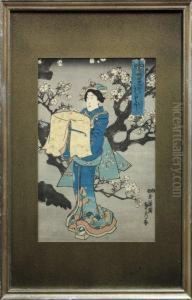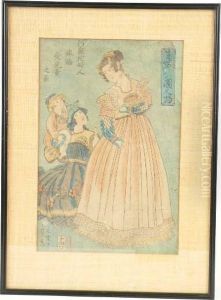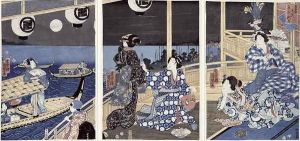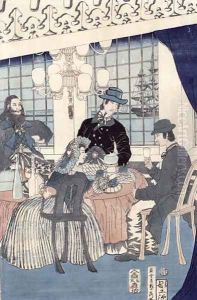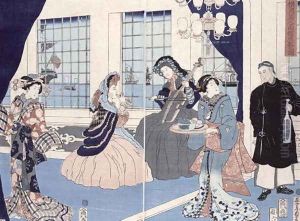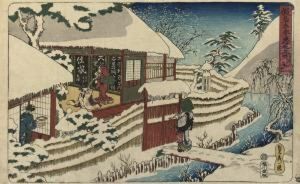30% OFF ART & FRAMES + FREE SHIPPING WORLDWIDE
×
- Artists
- Art Styles
- Abstract Expressionism
- Academic Classicism
- Art Deco
- Art Nouveau
- Ashcan School
- Baroque
- Byzantine
- Constructivism
- Cubism
- Expressionism
- Futurism
- Group of Seven
- Hudson River School
- Impressionism
- Mannerism
- Modernism
- Nabis
- Naturalism
- Neo-Classical
- Neo-Expressionism
- Orientalism
- Pointillism
- Post-Impressionism
- Pre-Raphaelites
- Realism
- Renaissance - Early
- Renaissance - High
- Renaissance - Northern
- Rococo
- Romanticism
- Symbolism
- Subjects
- Art by Room
- Best Selling Art
- Account
- Help
0
- Artists
Art By Artist
- Van Gogh
- Claude Monet
- Gustav Klimt
- Bouguereau
- William Merritt Chase
- Pierre Auguste Renoir
- Pieter the Elder Bruegel
- Franz Marc
- Camille Pissarro
- Edvard Munch
- Art Styles
- Subjects
- Art by Room
Art By Room
- Custom Art
- Best Selling Art
- Showcase
Utagawa Sadahide Paintings
1807-1873
COMPANY INFO
CUSTOMER SERVICE
MY ACCOUNT
PAYMENT & SHIPPING
SUBSCRIBE TO EMAILS
Get Updates, Discounts, Special Offers And Big Prizes!
Copyright 2010 - 2025 by NiceArtGallery.com All rights reserved. - Your Paintings of Choice
![]()
![]()
![]()
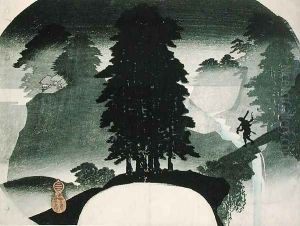
![Yokohama Ijin Shokan Uriba No Zu [view Of The Trading Floor In A Foreign Building In Yokohama], A Triptych Depicting In Detail The Interior Of A Trader's House With Two Western Clerks, A Chinese Man Holding Up A Length Of Cloth, Etc.](https://www.niceartgallery.com/imgs/1058407/s/utagawa-sadahide-yokohama-ijin-shokan-uriba-no-zu-view-of-the-trading-floor-in-a-foreign-building-in-yokohama-a-triptych-depicting-in-detail-the-interior-of-a-traders-house-with-two-western-clerks-a-chinese-man-holding-up-a-length-of-cloth-etc-c59230e3.jpg)
